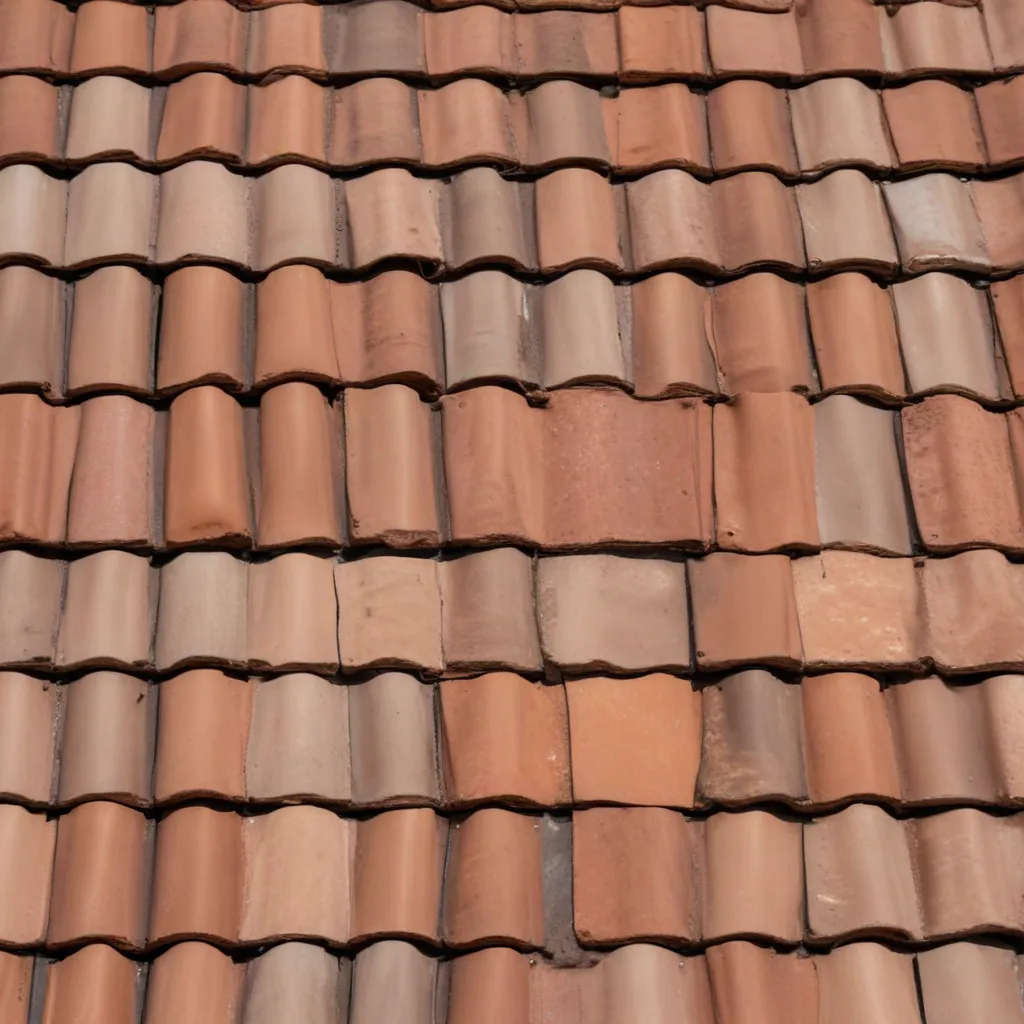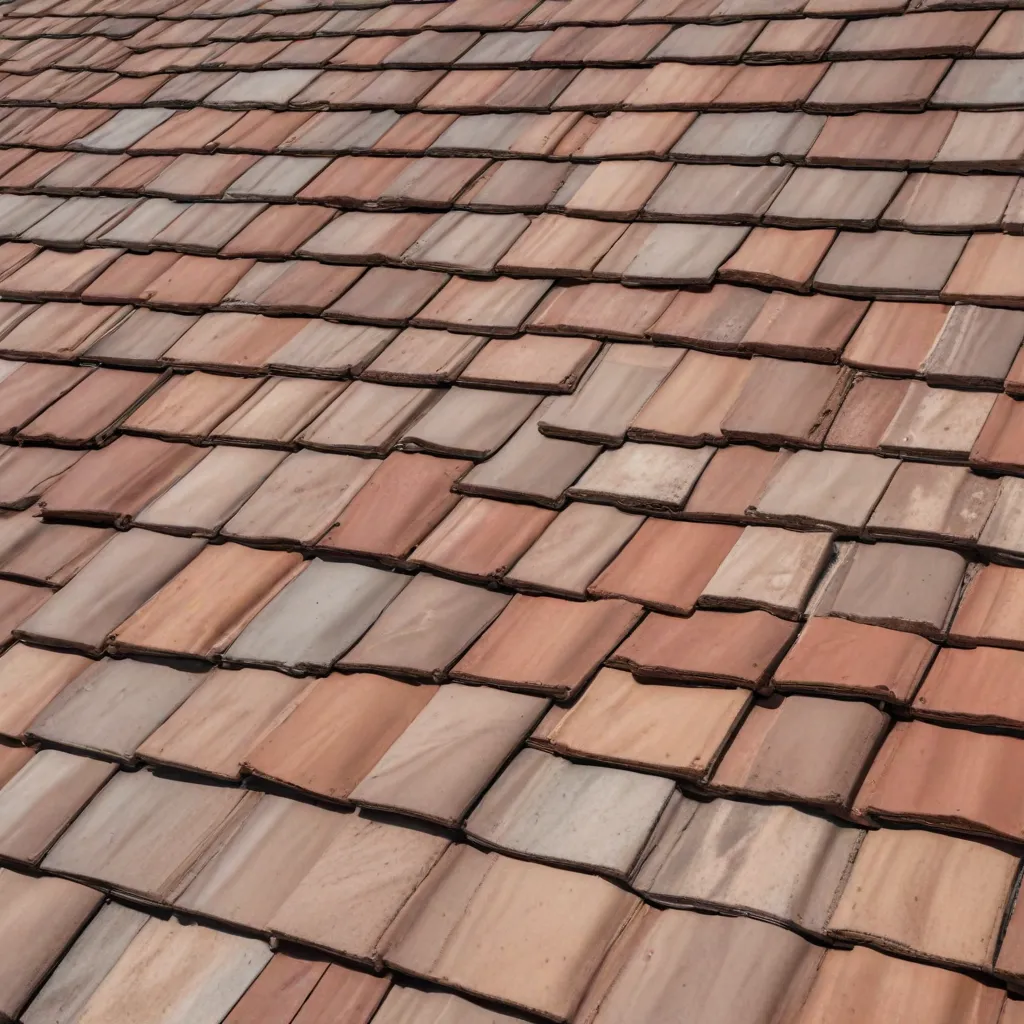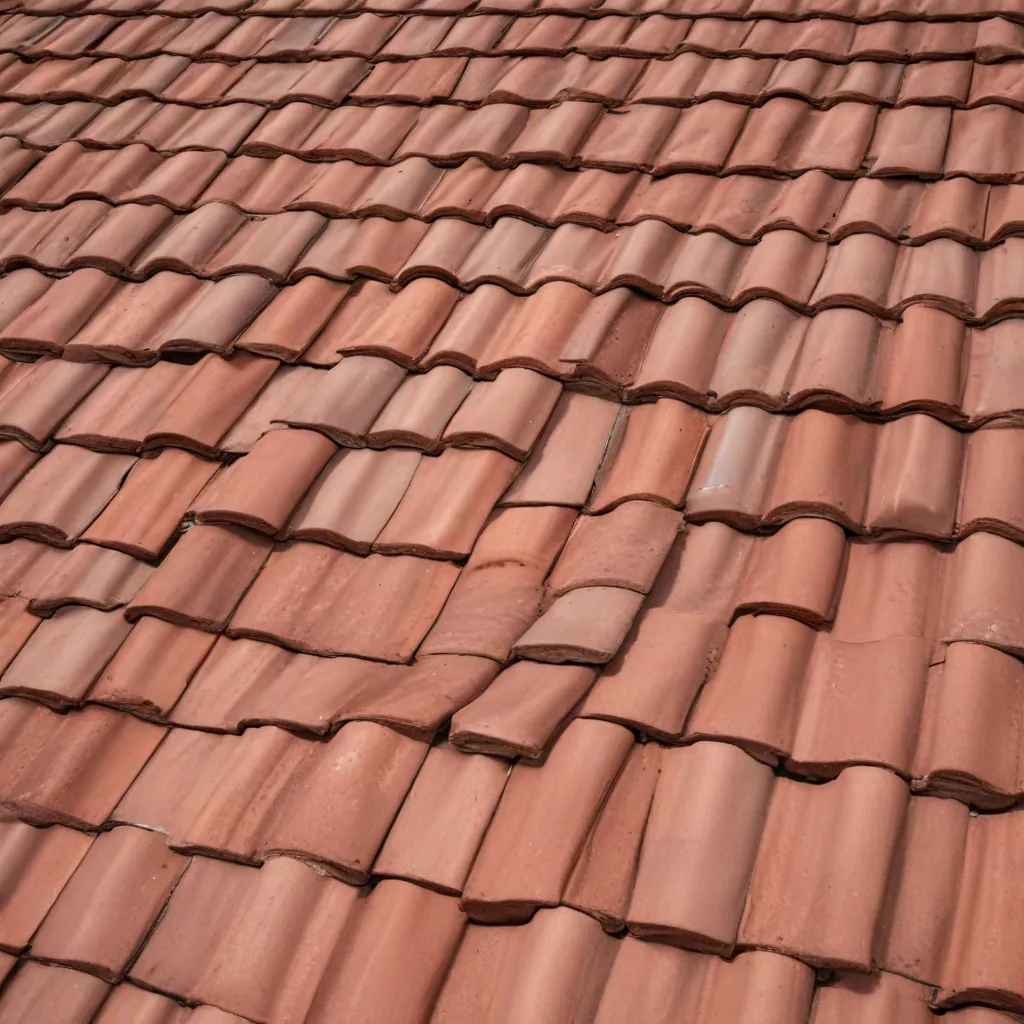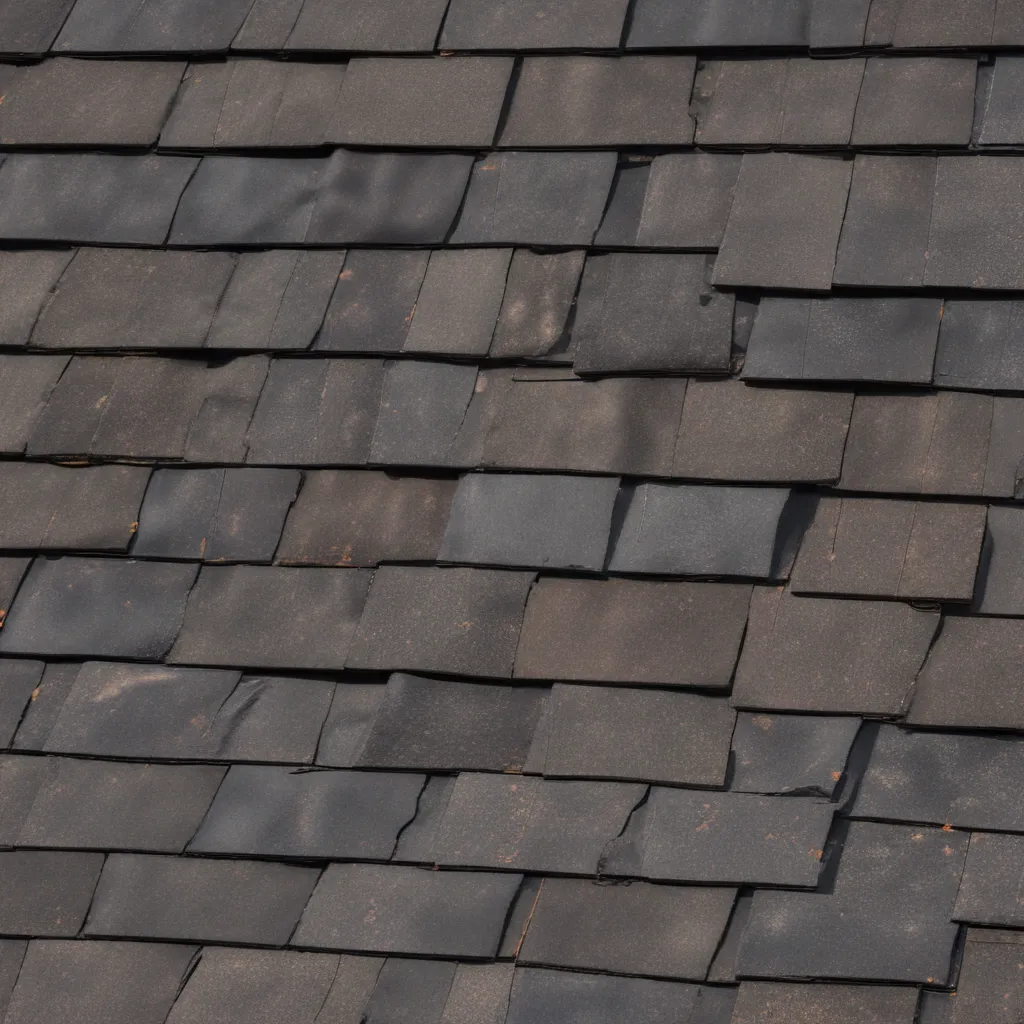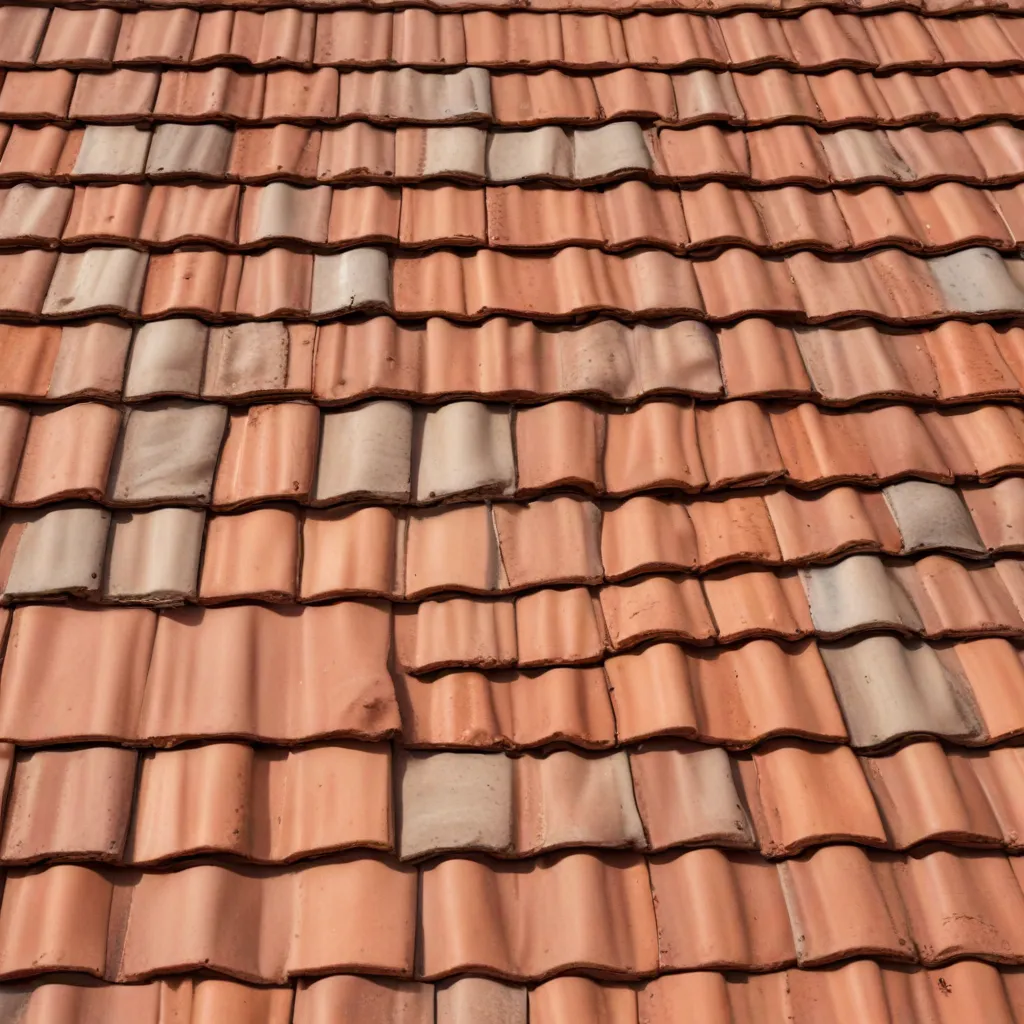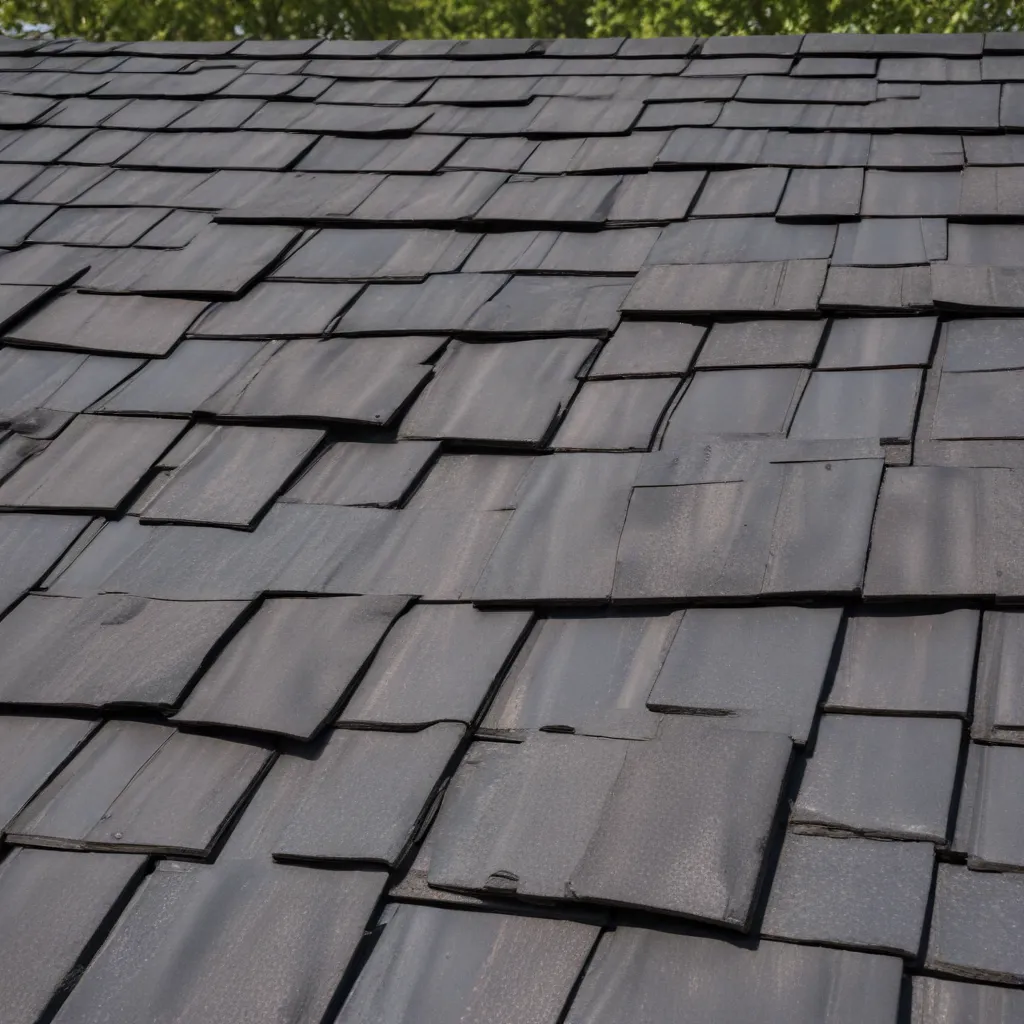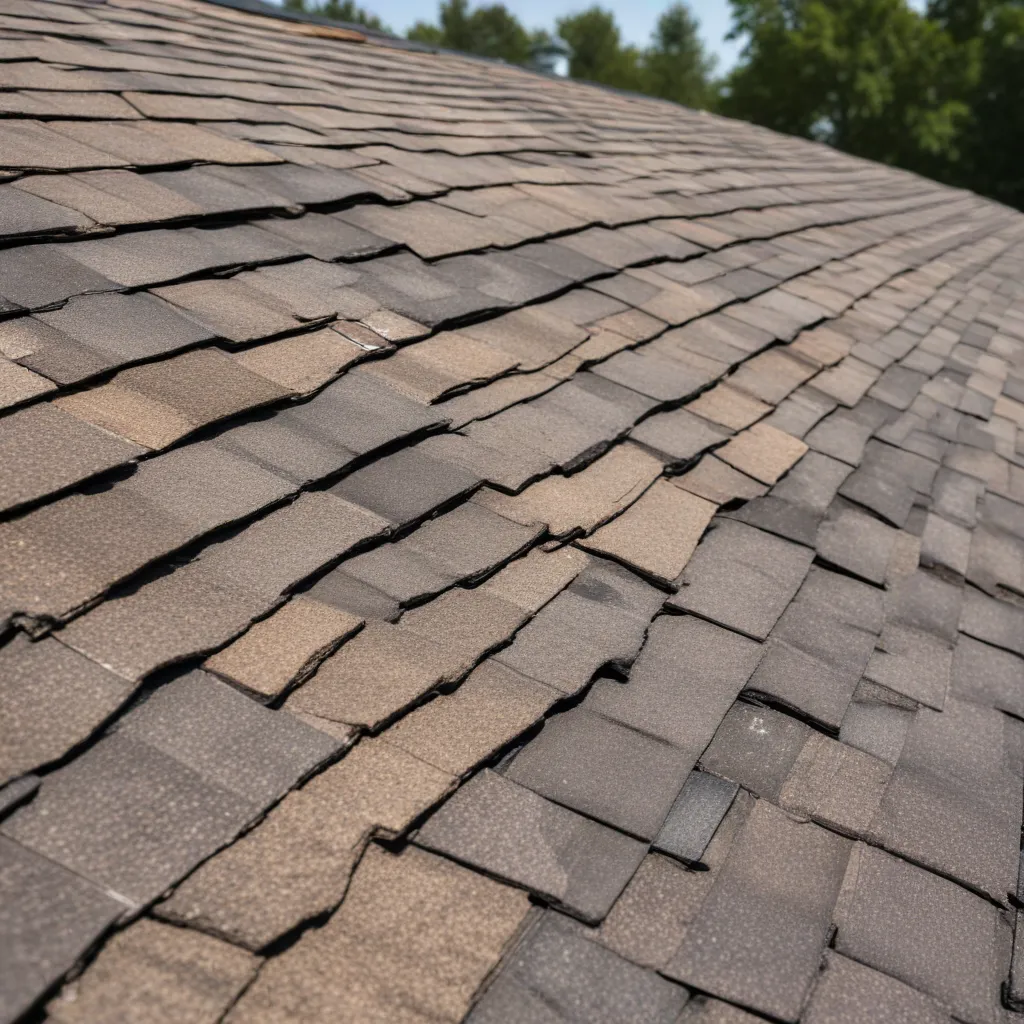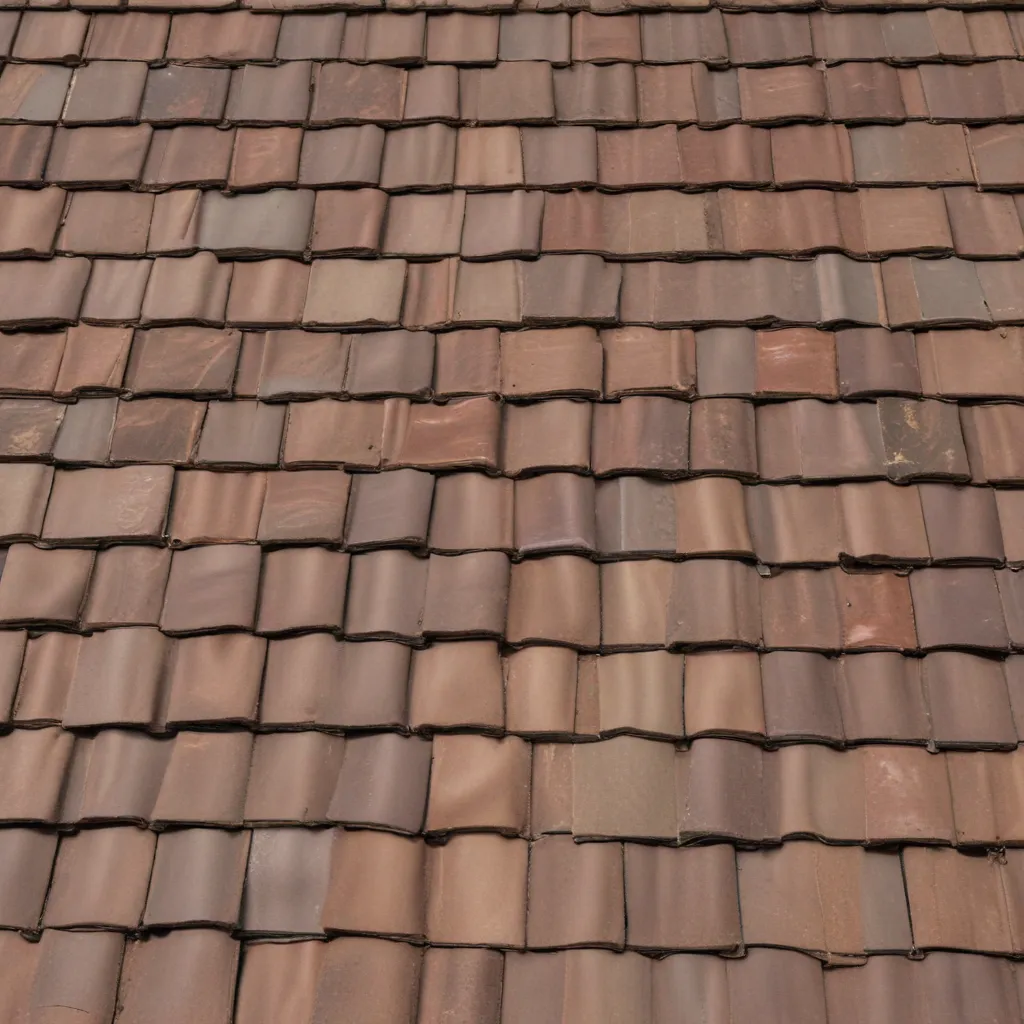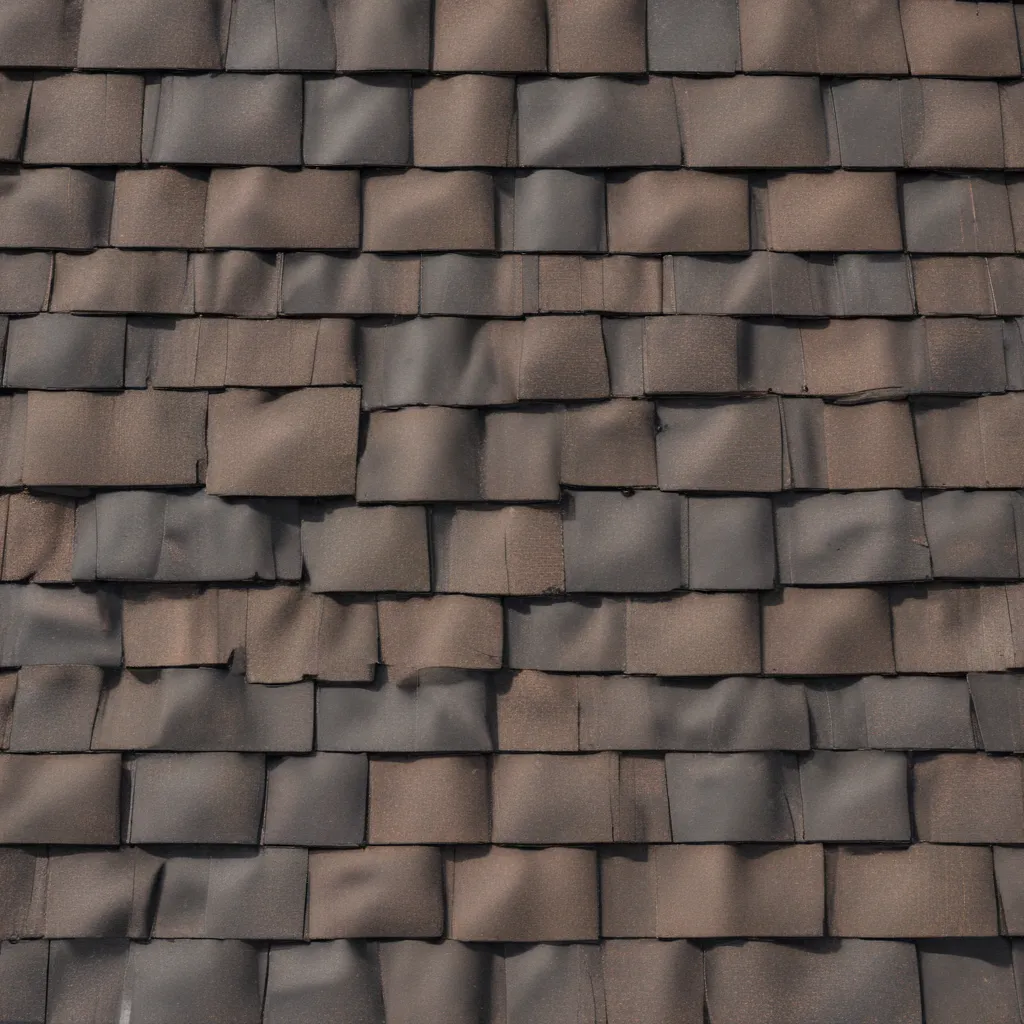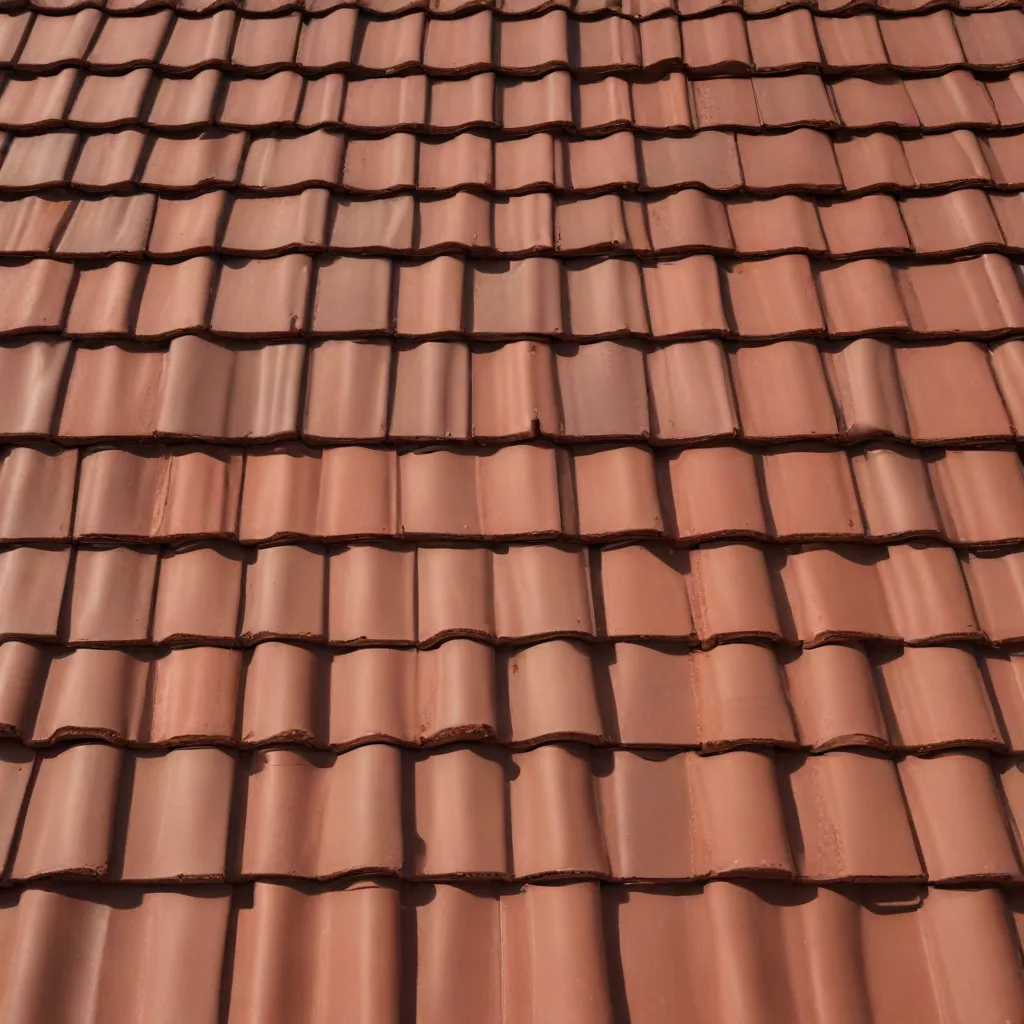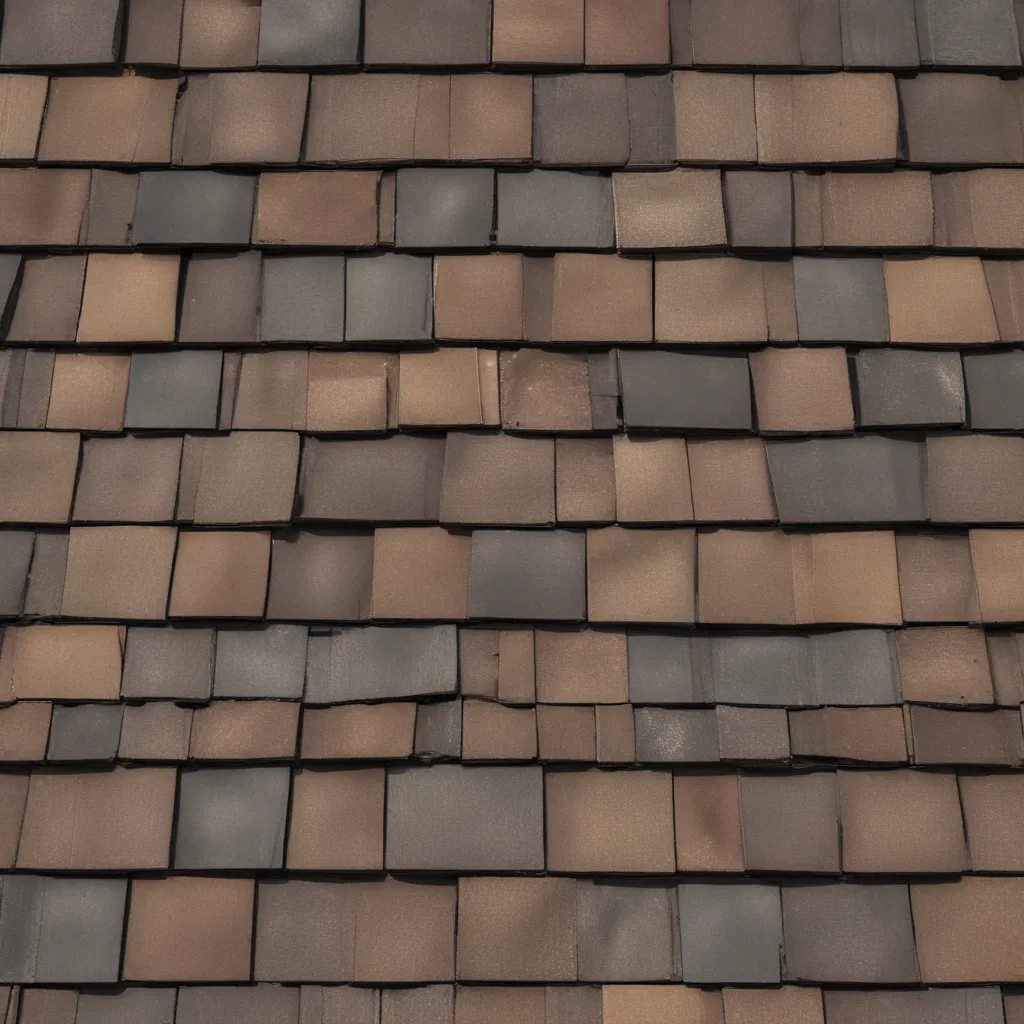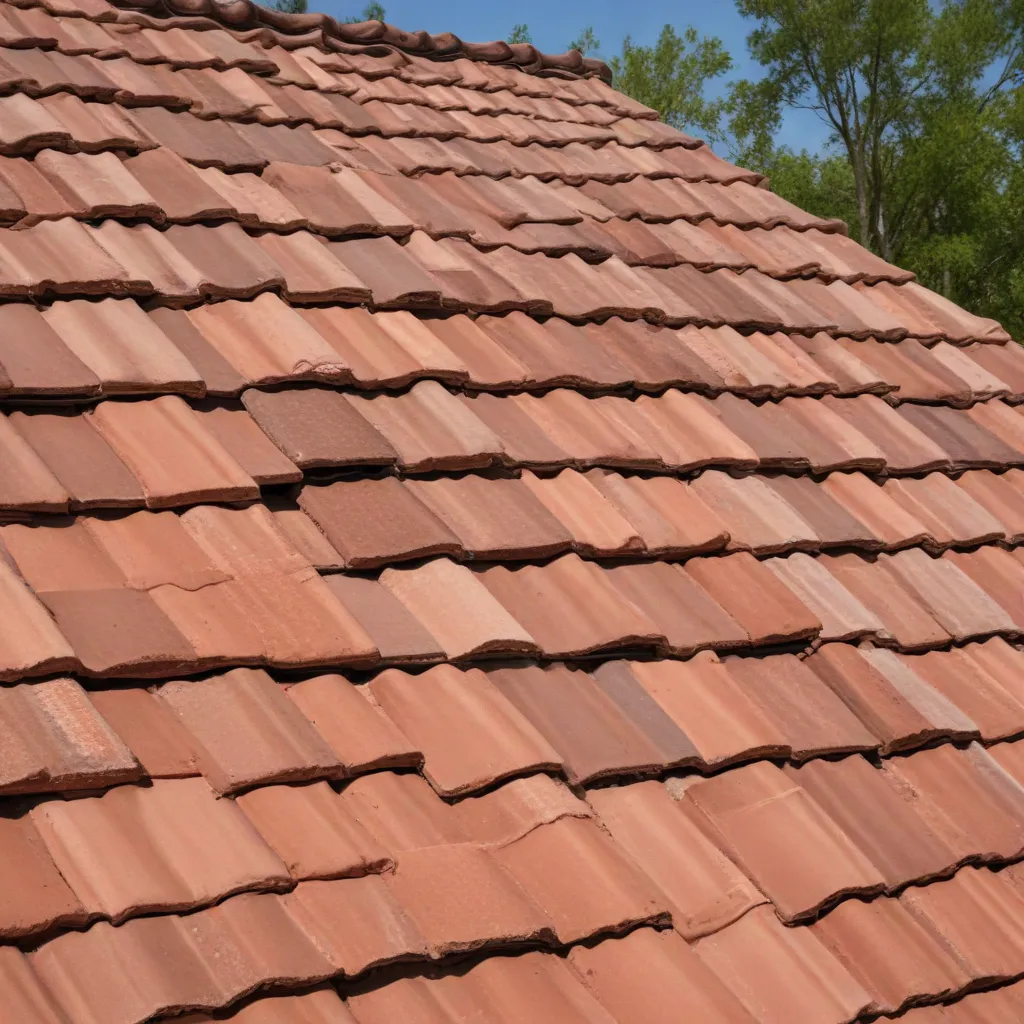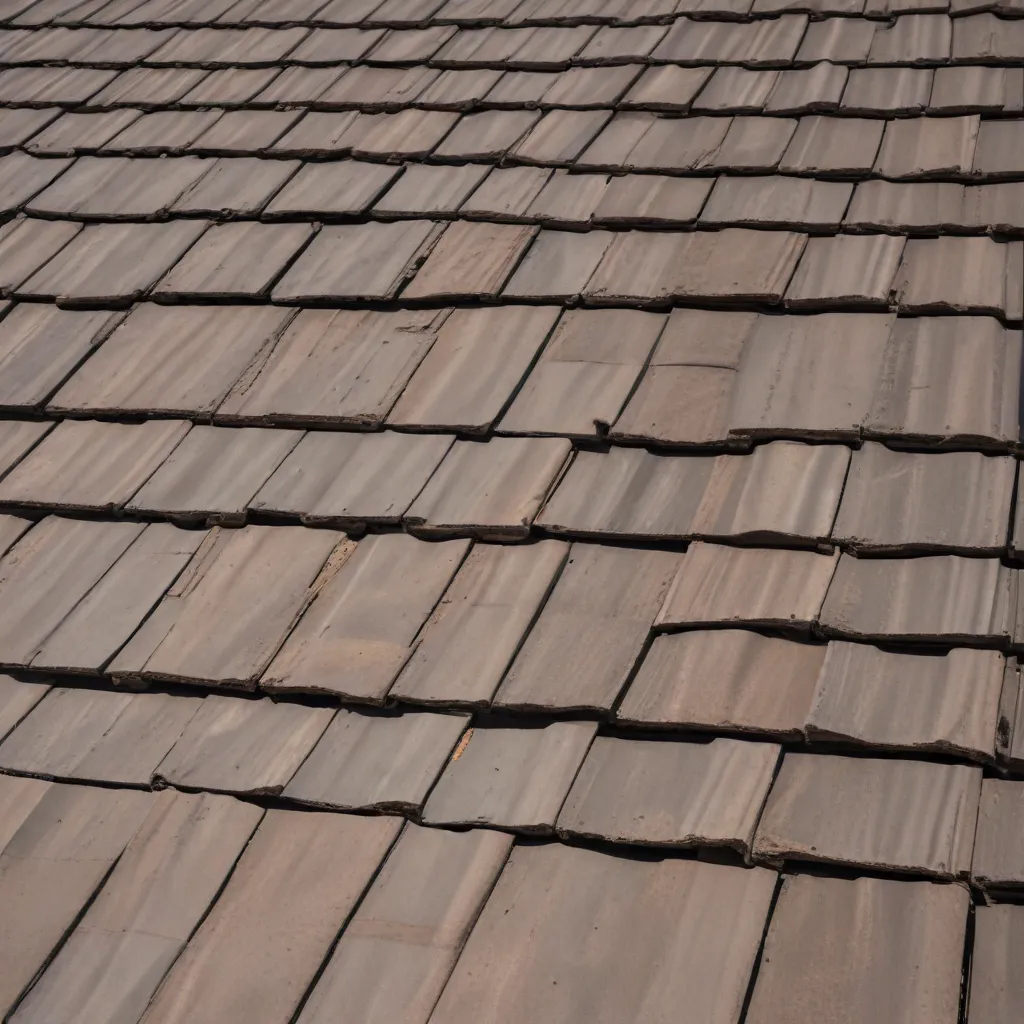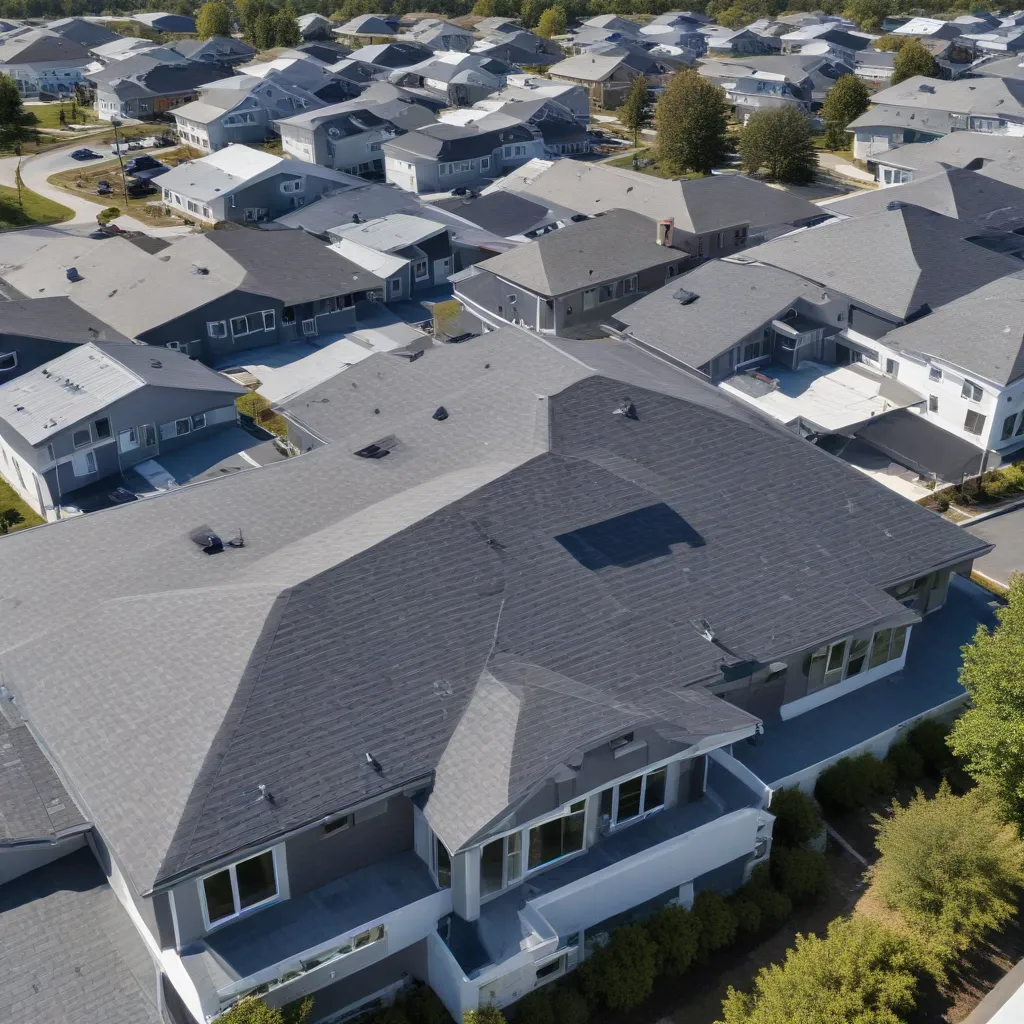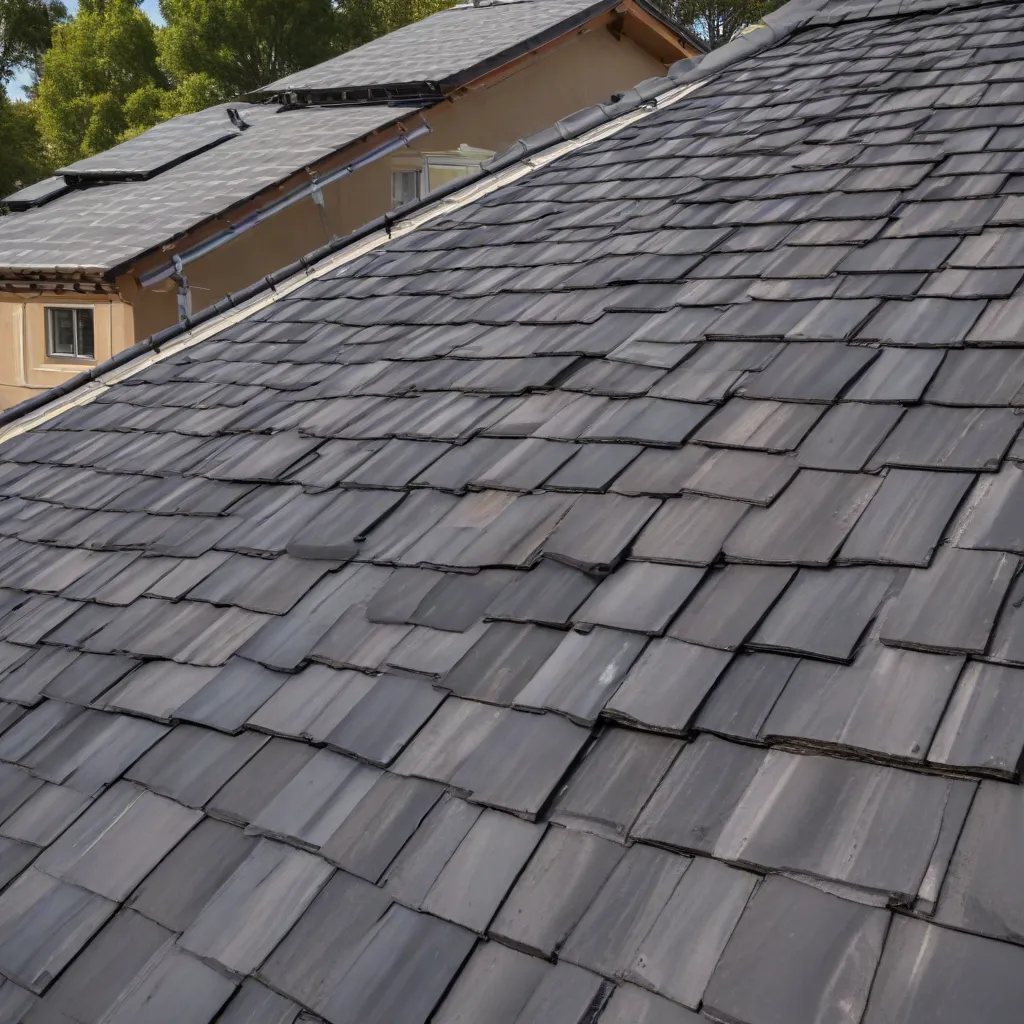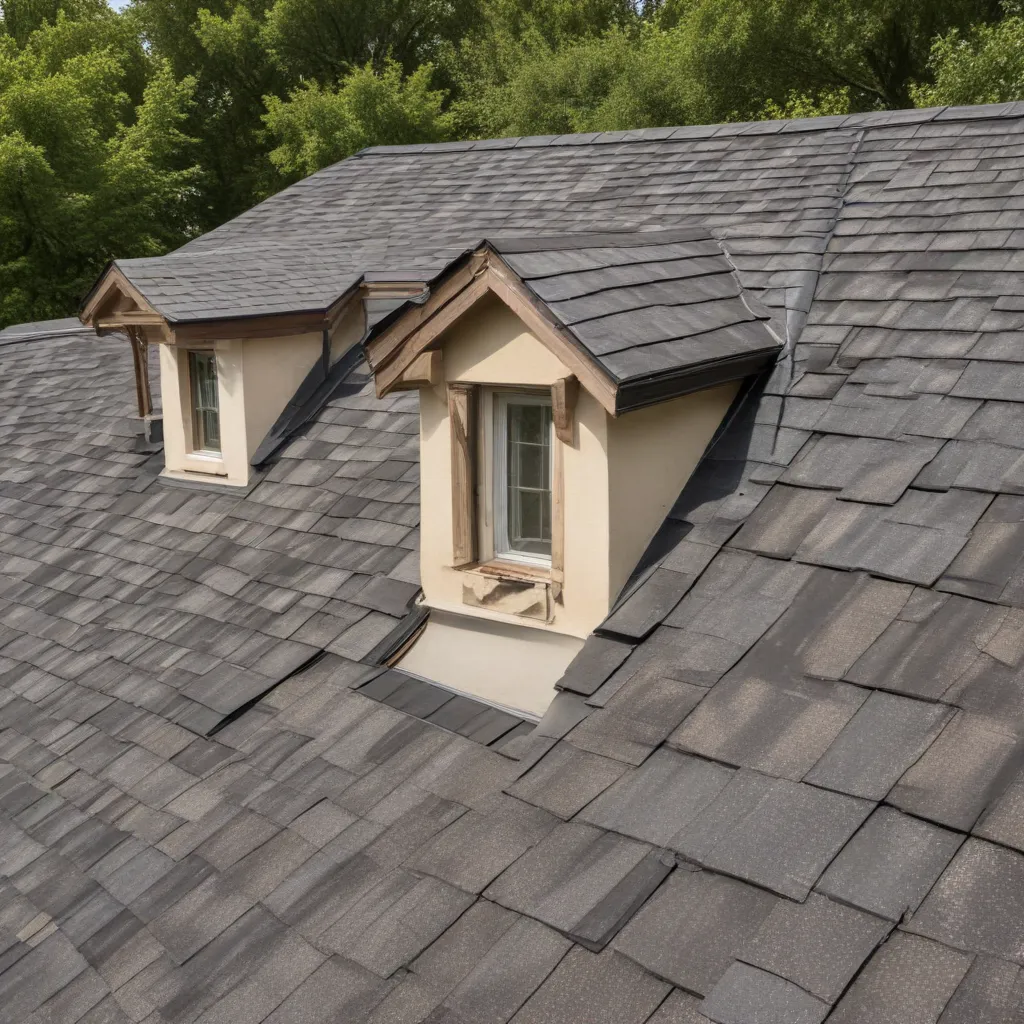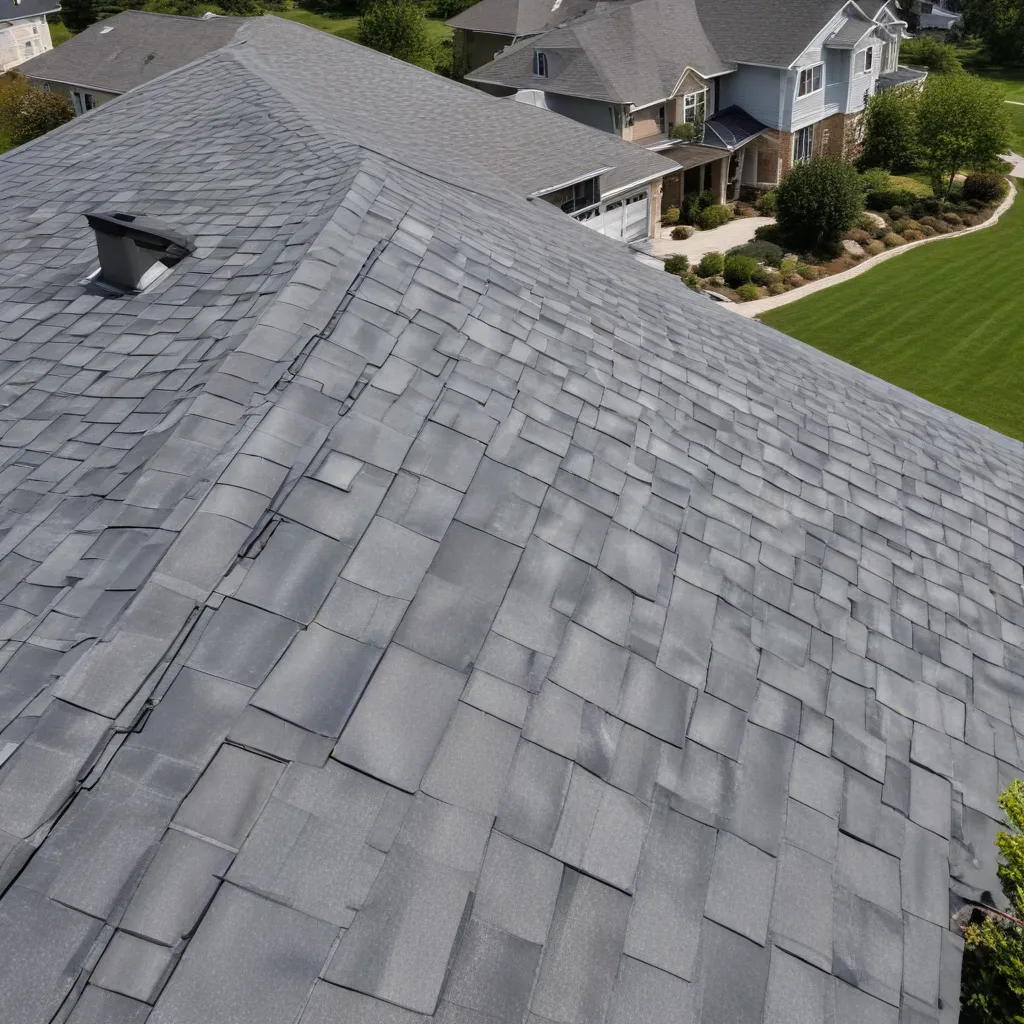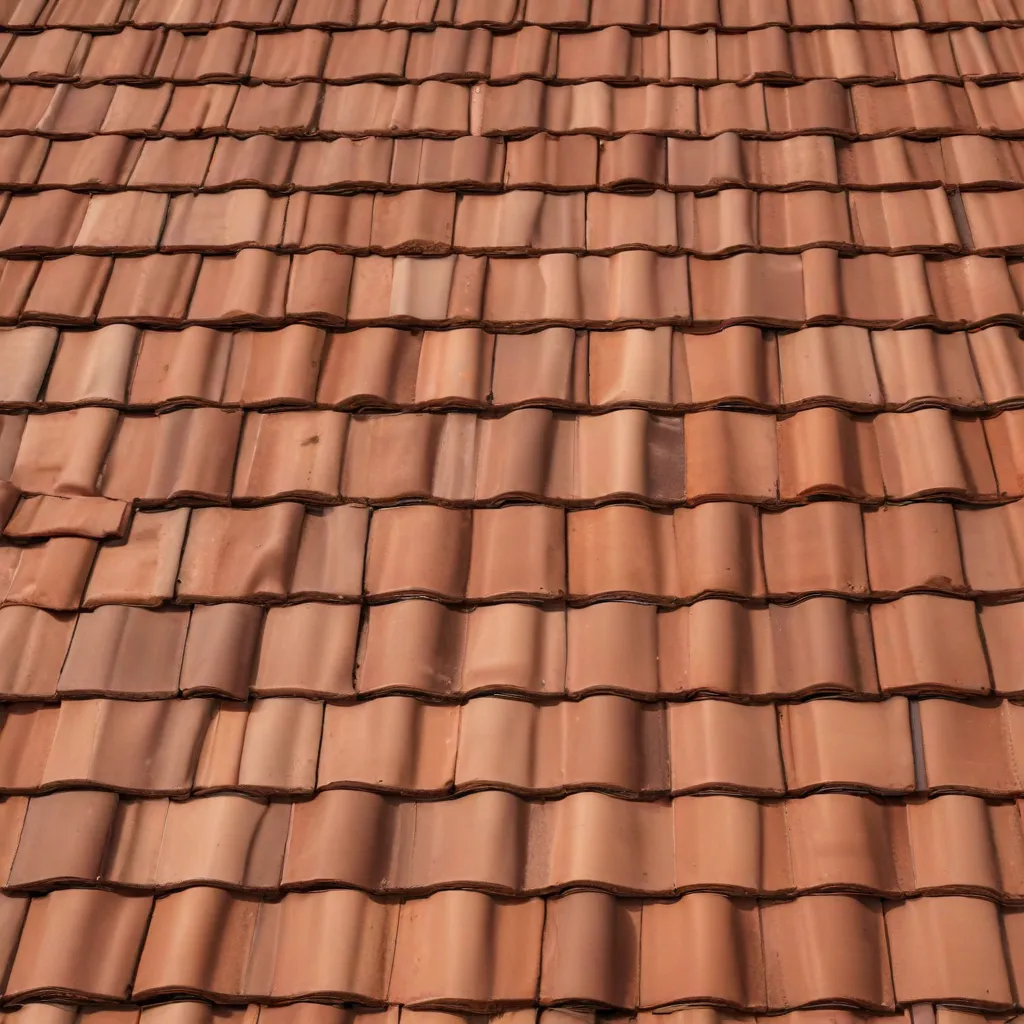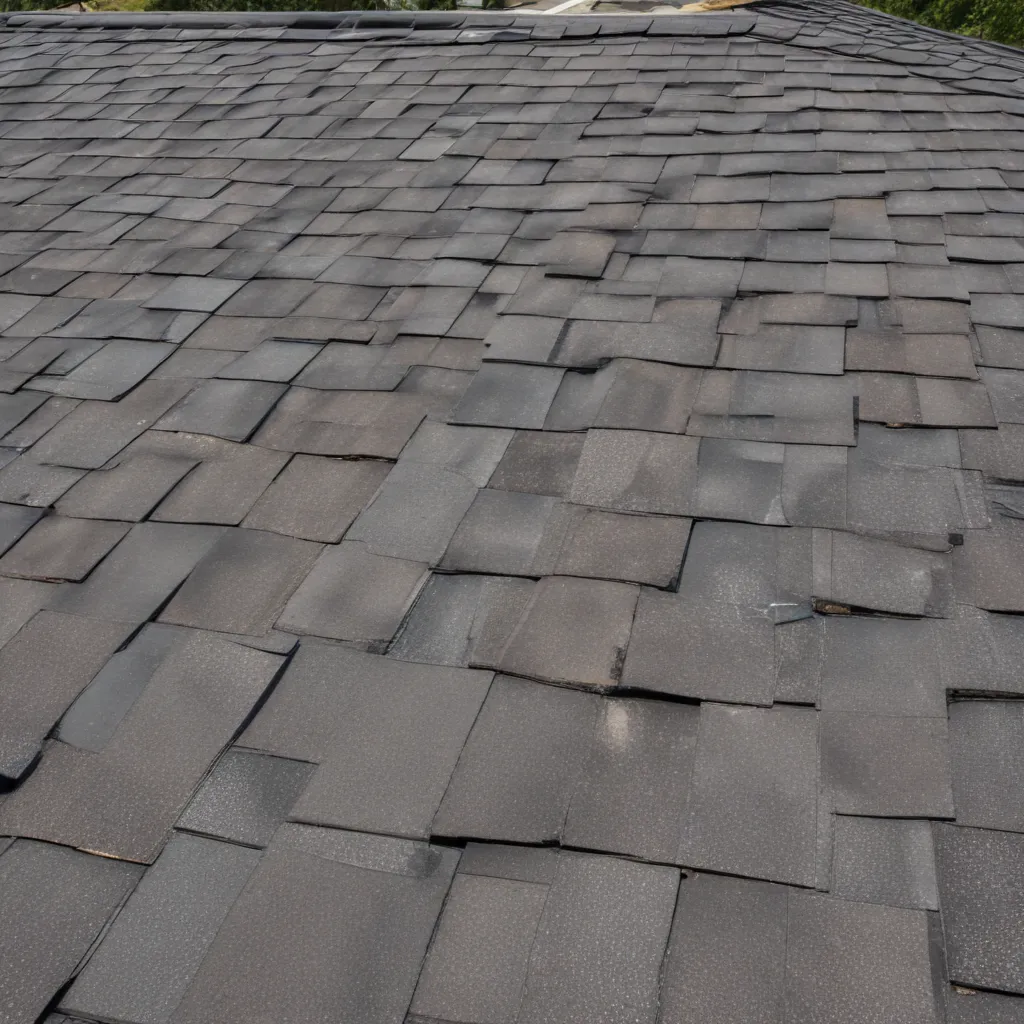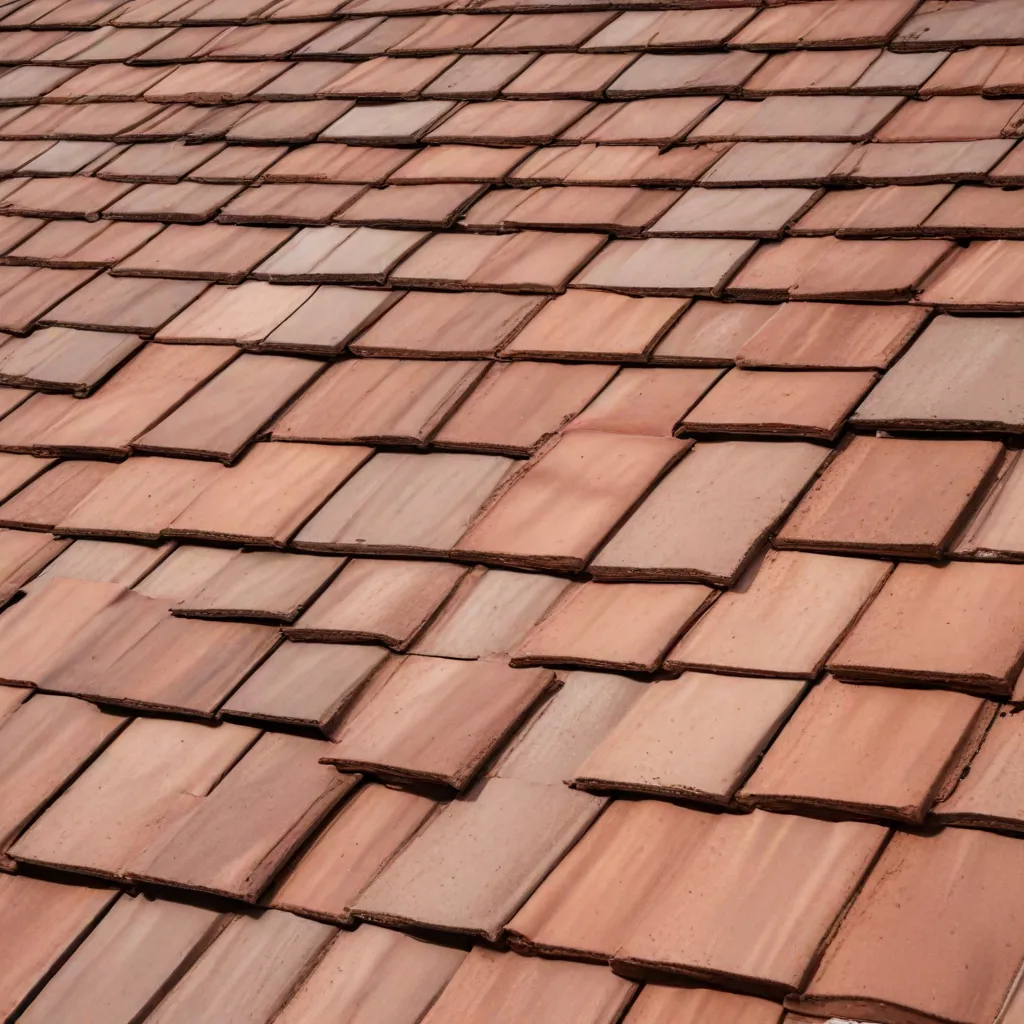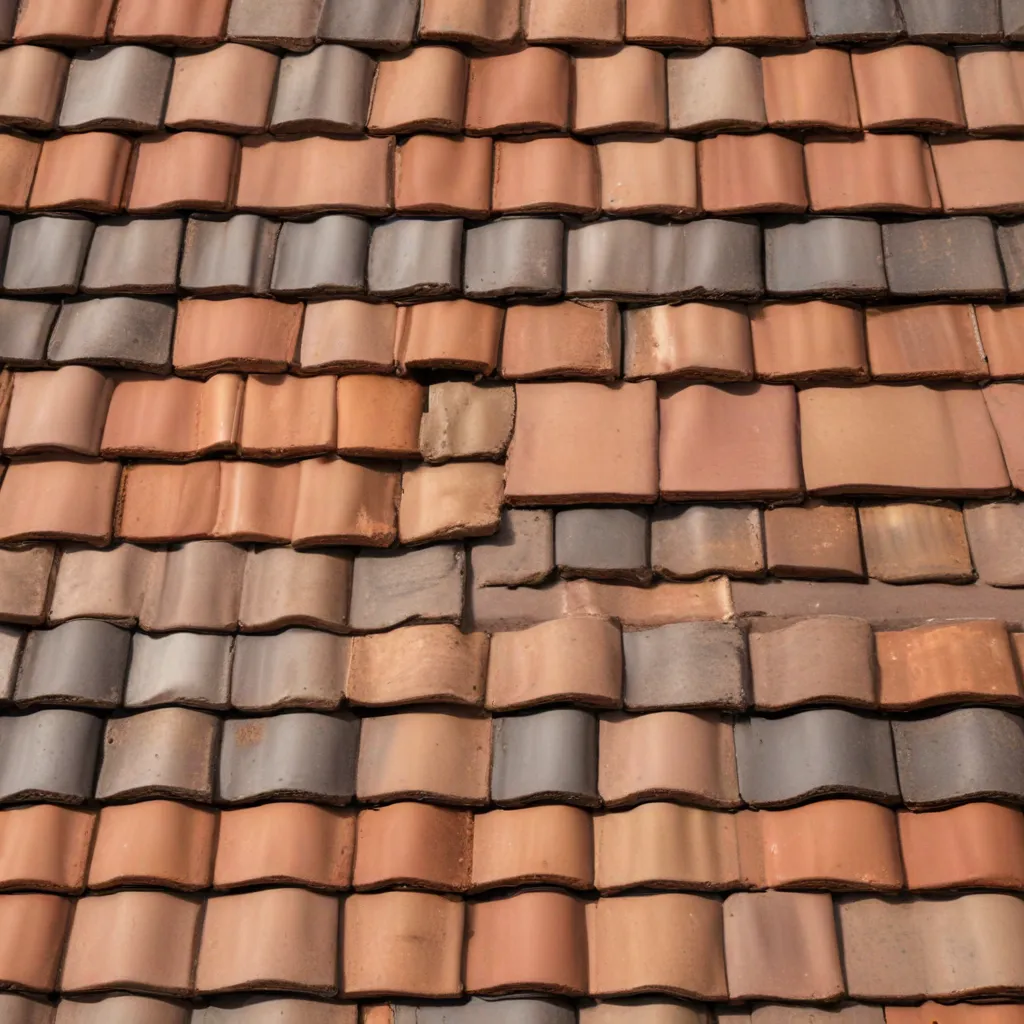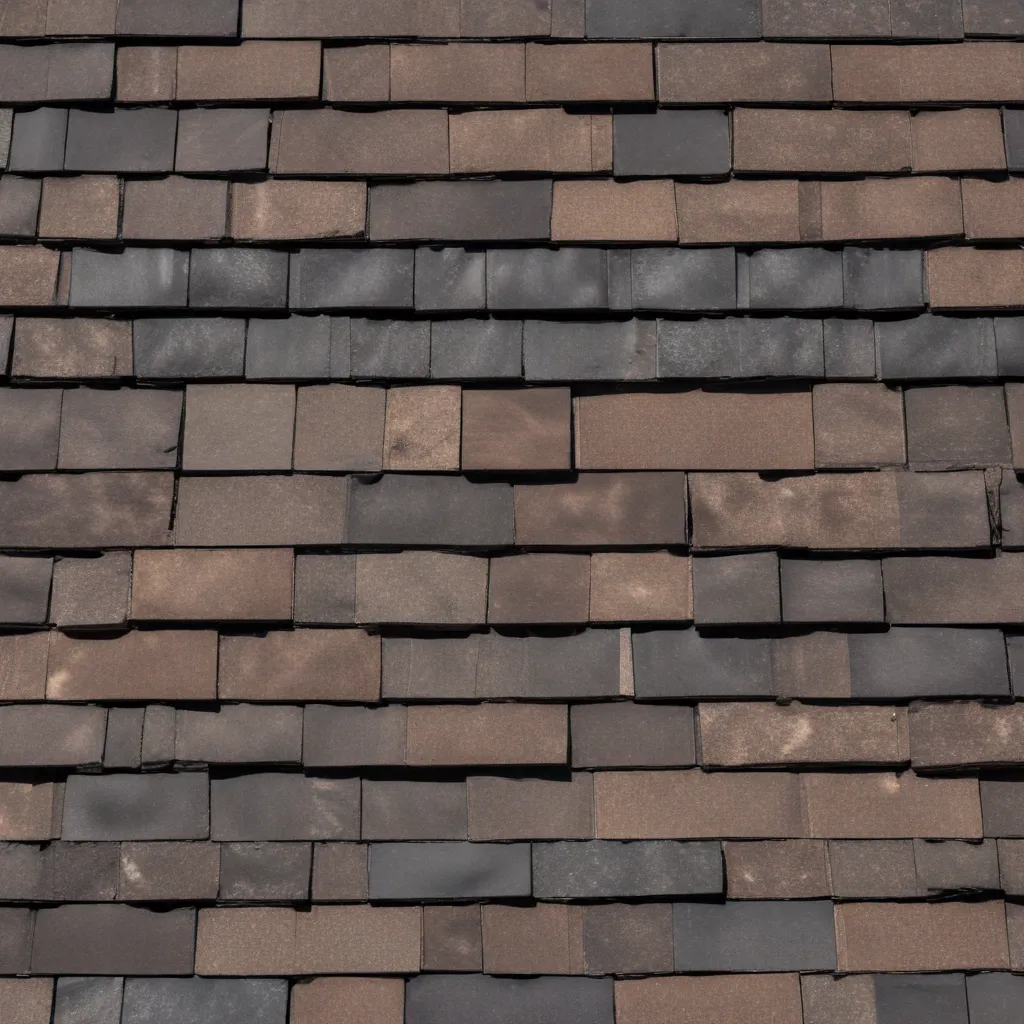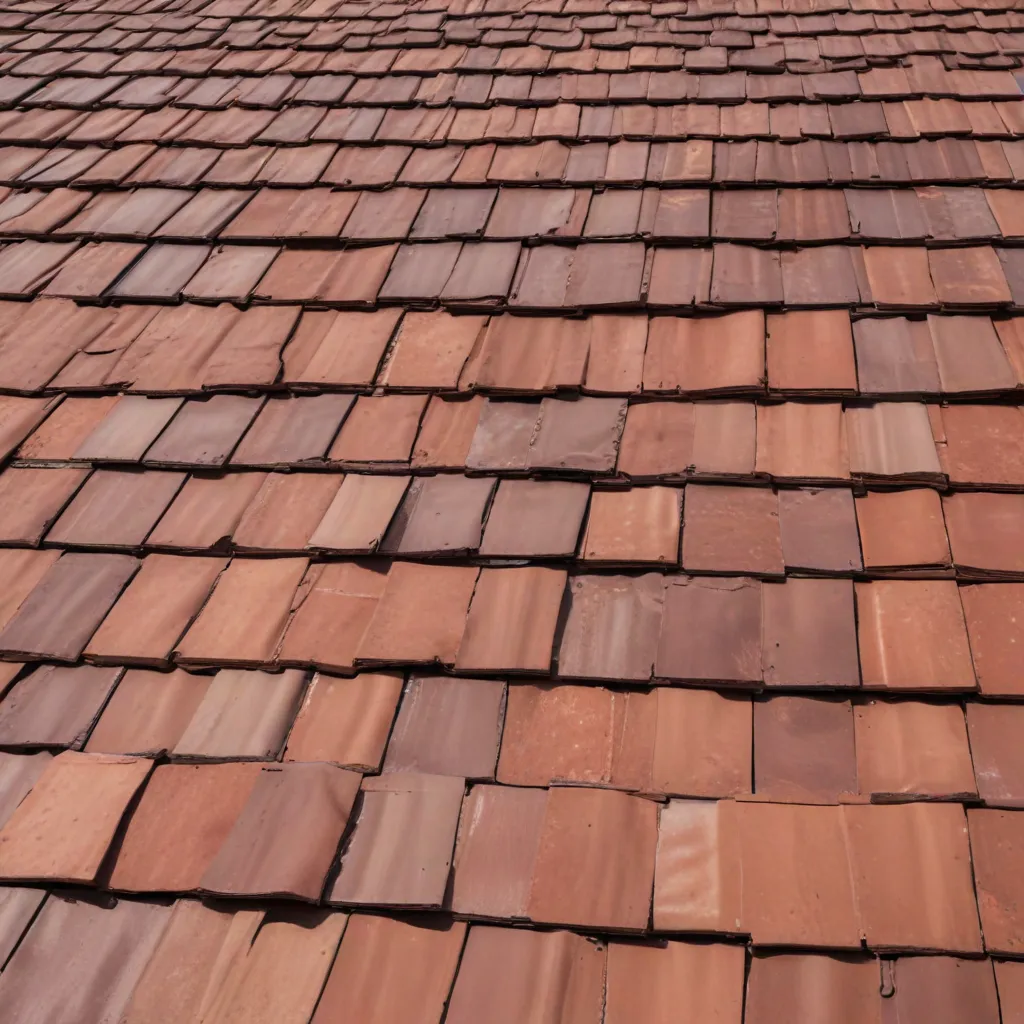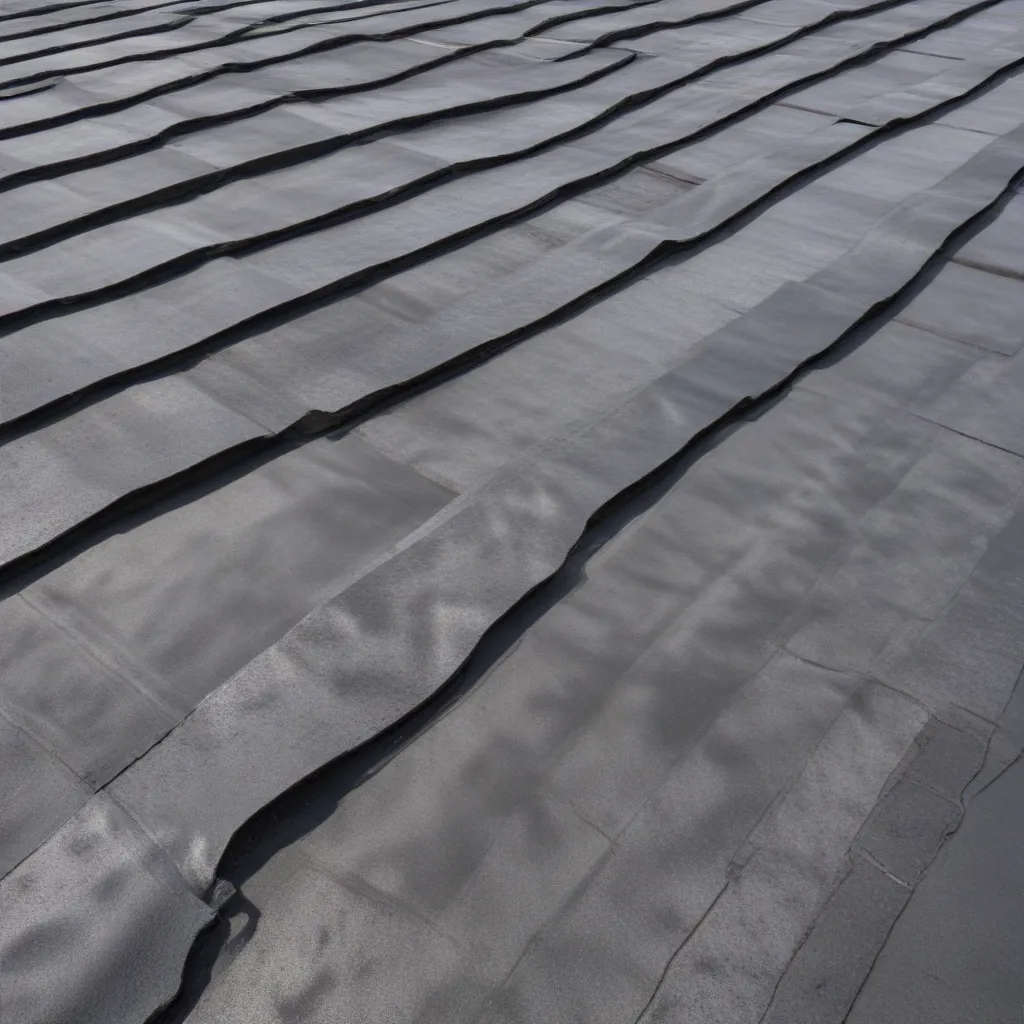
As an experienced roofing specialist, I understand the critical role that underlayment plays in the overall performance and longevity of commercial roofing systems. Underlayment, the essential layer situated between the structural framework and the outer roofing material, serves as a formidable barrier against the relentless forces of nature – moisture and heat. In this article, we’ll explore the nuances of selecting the right underlayment to ensure optimal waterproofing and ventilation for your commercial roofing project.
Waterproofing Requirements
One of the primary functions of underlayment is to provide a robust moisture barrier that prevents water infiltration into the building’s interior. Commercial roofs, in particular, face unique challenges due to their larger scale, frequent heavy rainfall, and potential for ponding. Choosing the appropriate underlayment material is crucial to safeguard the structural integrity of the roof and protect the building’s contents.
Synthetic underlayments have gained popularity in recent years for their superior water resistance compared to traditional felt paper. These innovative materials, crafted through advanced manufacturing processes, offer enhanced durability and tear resistance, making them a preferred choice for commercial applications. Additionally, synthetic underlayments often provide better coverage and reduce the need for overlapping seams, further enhancing their waterproofing capabilities.
However, it’s essential to ensure that the selected underlayment is compatible with the roofing materials being used. Certain synthetic underlayments may not adhere well to specific roofing systems, leading to potential warranty issues or performance problems. Consulting with roofing professionals and thoroughly reviewing manufacturer guidelines can help mitigate these compatibility concerns and ensure the long-term effectiveness of the waterproofing system.
Ventilation Strategies
Proper roof ventilation plays a crucial role in maintaining the overall health and longevity of a commercial roofing system. Without adequate ventilation, the attic space can become a breeding ground for moisture buildup and heat accumulation, leading to a host of potential problems, such as mold growth, wood rot, and premature degradation of roofing materials.
By ensuring proper ventilation, you can help regulate temperature and humidity levels, preventing these issues and extending the lifespan of your commercial roof. There are various ventilation options available, including ridge vents, soffit vents, gable vents, and powered attic fans, each with its own advantages and considerations.
When selecting an underlayment, it’s essential to consider its impact on the overall ventilation system. Some underlayment materials, such as organic felt paper, can actually contribute to improved vapor permeability, allowing trapped moisture to escape more effectively. This can be particularly beneficial in commercial settings where humidity levels may be higher due to the building’s use or location.
Underlayment Material Selection
The choice between synthetic and organic underlayment materials involves weighing their respective strengths and considering the specific needs of your commercial roofing project.
Synthetic Underlayments:
– Offer superior durability and tear resistance, making them less susceptible to damage during installation or extreme weather events.
– Often feature non-slip surfaces, enhancing safety for roofing crews and reducing the risk of accidents.
– Tend to have a lighter weight, making them easier to handle and transport, which can be advantageous for commercial projects.
Organic Underlayments:
– Provide improved vapor permeability, allowing trapped moisture to escape more effectively, potentially enhancing the overall thermal performance of the roofing system.
– May offer superior insulation properties, contributing to the building’s energy efficiency and reducing heating and cooling costs.
– Can be more cost-effective compared to synthetic options, making them a viable choice for budget-conscious commercial projects.
Ultimately, the selection of the right underlayment material should be based on a thorough assessment of the specific requirements of your commercial roofing project, including the local climate, building use, and long-term performance goals.
Underlayment Installation Techniques
Proper installation of the underlayment is crucial for ensuring its effectiveness in providing waterproofing and ventilation benefits. There are two primary methods for securing underlayment: mechanical attachment and self-adhesion.
Mechanically Attached Underlayment:
– Involves the use of fasteners, such as roofing nails or screws, to secure the underlayment to the roof deck.
– This method is suitable for steep-slope roofs and can help prevent wind uplift, a common concern in commercial applications.
– Proper fastening patterns and overlaps are essential to maintain the integrity of the waterproofing system.
Self-Adhered Underlayment:
– Features a pre-applied adhesive layer that allows the underlayment to bond directly to the roof deck.
– This installation method can be beneficial in areas with complex roof geometries or where mechanical fasteners may be impractical.
– Careful attention to surface preparation and sealing of overlaps is crucial to ensure a reliable and consistent bond.
Regardless of the installation method, it’s essential to follow the manufacturer’s guidelines and best practices to ensure optimal performance and long-term durability of the underlayment.
Optimizing Commercial Roof Performance
Beyond the selection and installation of the underlayment, there are additional considerations that can help optimize the overall performance of your commercial roofing system.
Energy Efficiency:
– Choosing an underlayment with high thermal resistance (R-value) can contribute to the building’s energy efficiency, reducing heating and cooling costs.
– Underlayments with reflective or insulating properties can also help regulate the building’s internal temperature, further enhancing energy savings.
Long-Term Reliability:
– Selecting underlayment materials with superior UV resistance can help prevent premature degradation and maintain the waterproofing and ventilation capabilities over the roof’s lifespan.
– Underlayments designed to resist aging and weathering can ensure the continued effectiveness of the roofing system, minimizing the need for costly repairs or replacements.
By carefully considering these performance-enhancing factors, you can optimize the overall integrity and longevity of your commercial roofing system, providing lasting protection for your building and its occupants.
In conclusion, the selection and installation of the right underlayment are crucial for ensuring the optimal waterproofing and ventilation of your commercial roofing project. By understanding the unique requirements of commercial roofs, evaluating the benefits and limitations of various underlayment materials, and implementing best practices for installation, you can create a robust and reliable roofing system that will stand the test of time. Remember, investing in high-quality underlayment is a fundamental step in safeguarding the long-term performance and value of your commercial property. For more information on genuine roofing solutions, visit www.genuineroofsystems.com.

